What is Car Wax?
Car wax is a protective coating for your car’s exterior. It adds shine and safeguards paint. Wax creates a barrier against dirt, dust, and harmful contaminants. It also prevents paint from fading due to sun exposure. Depending on the product, car wax may contain natural or synthetic ingredients.
Types of Car Wax
- Liquid Wax: Easy to apply and works well for quick jobs. It provides a smooth, shiny finish but may not last as long as other types.
- Paste Wax: Known for its durability and deeper shine. It requires more effort to apply but lasts longer.
- Spray Wax: Convenient and fast for touch-ups. However, it doesn’t offer protection as robust as paste or liquid options.
- Colored Wax: Helps fix minor scratches and enhance a specific paint color.
Key Ingredients in Car Wax
- Carnauba Wax: A natural ingredient sourced from palm trees, it offers a high level of gloss. It is widely used for premium wax products.
- Synthetic Polymers: Found in synthetic waxes, they excel in durability and offer long-lasting protection.
- Beeswax: Common in natural waxes, it helps provide shine and surface smoothness.
- Silicones: Enhances the water-repellent properties and adds to the glossy finish.
Each type and ingredient suits different needs, allowing you to pick the perfect match for your car.
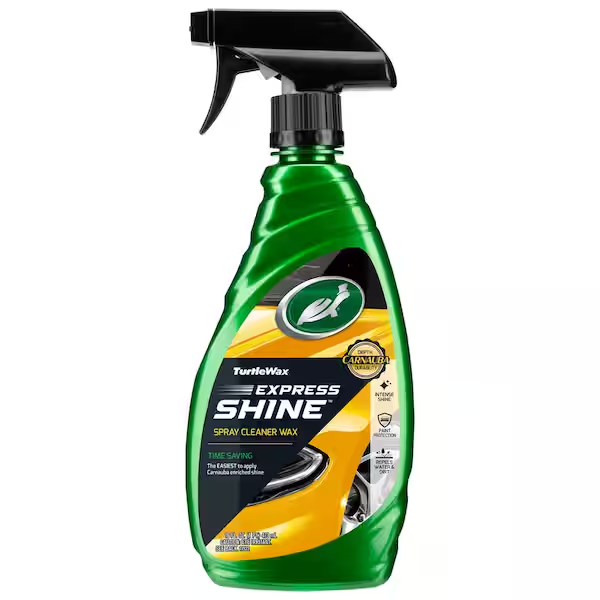
Benefits of Using Car Wax
Car wax serves as more than just a cosmetic upgrade for your vehicle. Using it regularly can provide valuable protection and enhance the appearance of your car. Below are the primary advantages of using car wax.
Enhancing Your Car’s Shine
Car wax enhances your car’s gloss, making it look polished and pristine. It fills surface imperfections, creating a smoother finish. By reflecting light better, wax amplifies color depth and clarity. Use wax regularly to maintain a sparkling and showroom-like appearance.
Protecting Your Car’s Paint
Wax acts as a shield, protecting your car’s paint from harmful elements. It safeguards against dirt, bird droppings, and road debris that can degrade the paint over time. Waxing reduces the chances of paint scratches and chips caused by daily wear.
Providing UV Protection
Car wax provides an added defense against harmful UV rays. UV exposure fades car paint and causes discoloration over time. The protective layer created by wax resists sun damage, helping your vehicle’s paint retain its original color longer. Regular applications ensure ongoing protection.
How to Choose the Right Wax
Selecting the right car wax is essential for optimal protection and shine. Different wax types suit different needs, allowing you to personalize your car care routine.
Liquid vs. Paste Wax
- Liquid Wax: Easy to apply and suitable for quick waxing tasks. Ideal for beginners and those short on time. It provides an even, shiny finish but typically doesn’t last as long.
- Paste Wax: Offers long-lasting durability and deeper shine compared to liquid wax. It requires more effort during application but is preferred for professional detailing and extended protection.
Choose liquid wax for convenience or paste wax for a longer-lasting, premium finish.
Synthetic vs. Natural Wax
- Synthetic Wax: Made from polymers, it is durable and offers excellent protection. Best for harsh weather conditions. Synthetic wax delivers a glossy finish and resists dirt and UV damage effectively.
- Natural Wax: Typically contains carnauba wax and provides an unmatched deep shine. However, its protection doesn’t last as long as synthetic options. Natural wax is often chosen for high-end vehicles or cosmetic-focused results.
Opt for synthetic wax for heavy-duty protection or natural wax for superior shine.
Factors to Consider for Your Vehicle
- Paint Condition: Pick a wax that addresses imperfections and enhances your paint’s finish.
- Weather Exposure: Synthetic wax is better for areas with extreme weather.
- Application Time: Limited time? Choose liquid or spray wax over paste options.
- Car Color: Consider colored waxes for subtle enhancements to specific paint tones.
- User Skill Level: Beginners may prefer liquid wax for ease of use.
Analyze your driving environment and vehicle needs before picking a car wax. The right choice impacts your car’s protection and appearance for the long term.
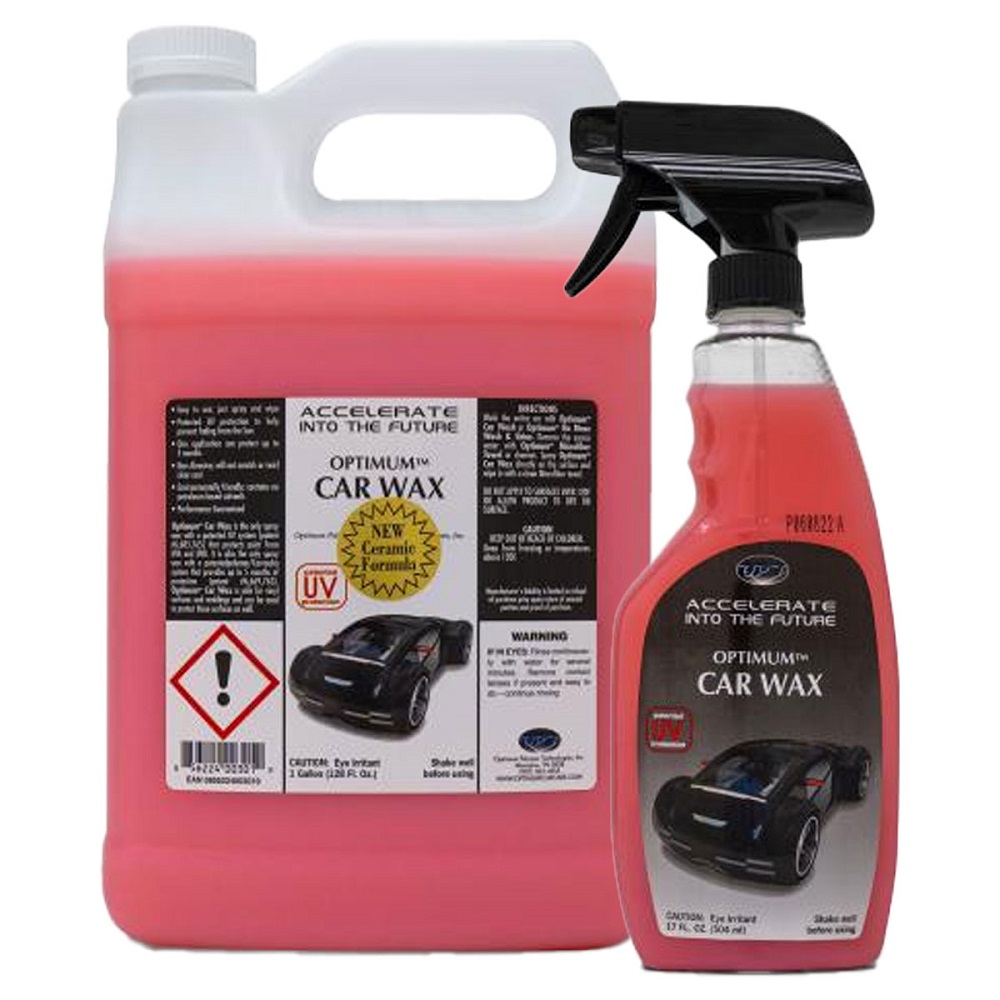
Preparing Your Car for Waxing
Proper preparation ensures a smooth finish and makes car wax more effective. Follow these steps to get your car ready for waxing.
Cleaning Your Car Thoroughly
Start by washing your car to remove dirt and grime. Use a gentle car shampoo and warm water. Avoid household cleaners, as they can damage the paint. Rinse thoroughly to eliminate soap residue. Cleaning sets the base for effective waxing.
Removing Contaminants
After washing, inspect the surface for stubborn contaminants like tar or tree sap. Use a clay bar or a specialized cleaner to remove these. Contaminants create uneven surfaces, reducing wax performance. Ensure all debris is gone for a perfect finish.
Drying the Surface Properly
Drying is crucial before applying wax. Use a microfiber cloth or chamois to absorb water completely. Avoid air drying, as it can leave water spots. Check for moisture in cracks and crevices. A dry surface ensures the wax adheres better and lasts longer.
Step-by-Step Wax Application
Applying car wax may seem daunting, but it’s a straightforward process. With the right tools and techniques, waxing can become an easy and rewarding task. This section guides you step by step.
Necessary Tools and Materials
Before you start waxing, gather the following tools and supplies:
- Car Wax: Choose a wax type that fits your vehicle’s needs.
- Applicator Pads: Use foam or microfiber pads for smooth application.
- Microfiber Towels: Essential for buffing the wax and achieving a shiny finish.
- Clay Bar: Optional, for removing stubborn surface contaminants before waxing.
- Buckets and Car Shampoo: Clean the car thoroughly prior to waxing.
- Masking Tape: Use for protecting sensitive areas like trim from wax residue.
Having these materials ready ensures a smooth and hassle-free waxing process.
Techniques for Applying Wax
Follow these steps to properly apply car wax:
- Apply Wax in Sections: Work on one area at a time, such as the hood or a door.
- Use Small Amounts: Apply a thin layer of wax with your applicator pad. Avoid overloading the pad.
- Circular Motions: Spread the wax in gentle, circular motions for even coverage.
- Allow Wax to Haze: Wait for the wax to dry slightly, leaving a hazy appearance.
- Buff the Surface: Use a clean microfiber towel to buff the wax in straight strokes. This enhances shine.
- Repeat as Needed: If necessary, apply a second layer for improved protection and durability.
Using these methods ensures even application and a brilliant finish.
Common Mistakes to Avoid
Avoid these errors to achieve the best results:
- Skipping Surface Preparation: Neglecting to clean and dry the car reduces wax effectiveness.
- Applying Too Much Wax: Overapplying creates streaks and makes buffing harder.
- Waxing in Direct Sunlight: Heat causes the wax to dry unevenly, leading to a patchy finish.
- Using Old or Dirty Towels: Dirty towels can add swirl marks to the paint.
- Ignoring Manufacturer Instructions: Always follow the product guidelines for optimal performance.
By avoiding these mistakes, you ensure a flawless waxing outcome.
With the correct tools, techniques, and awareness of common mistakes, waxing your car can be simple and effective. Regular practice will help you master the process and maintain your car’s flawless look.
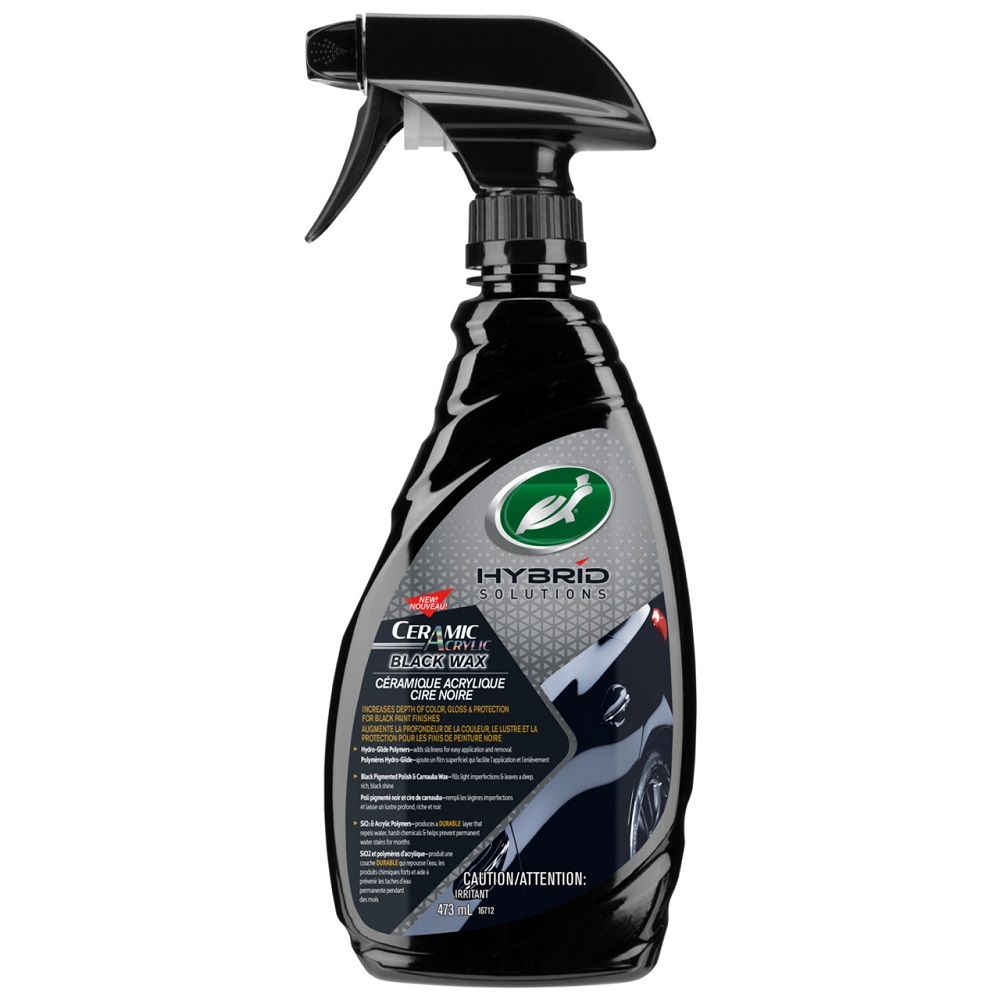
Maintaining Your Car After Waxing
After waxing, proper maintenance helps preserve the shine and protection. Follow these tips to keep your car looking its best.
Reapplication Frequency
- Regular Assessment: Monitor your car’s surface for loss of shine or water beading.
- Wax Longevity: Typically, reapply wax every three to four months for consistent protection.
- Driving Conditions: Vehicles exposed to rain, sun, or harsh weather may need waxing more often.
- Type of Wax Used: Synthetic wax lasts longer than natural wax. Adjust frequency based on your wax type.
- Car Use: Daily-use vehicles may require more frequent waxing than occasional-use ones.
Reapply wax as needed to maintain your car’s glossy and protective layer.
Tips for Extending Wax Longevity
- Use pH-Balanced Car Shampoo: Wash with a car-specific shampoo to avoid stripping the wax.
- Avoid Harsh Chemicals: Do not use household detergents or harsh cleaners on the car’s surface.
- Dry Properly: After washing, dry with a microfiber cloth to prevent water spots.
- Cover Your Car: Use a car cover when parked outside to shield from sun, rain, and dirt.
- Park in Shade: Reduce exposure to UV rays by parking in shaded or covered areas.
- Apply Quick Detailer: Use a spray detailer after washes to enhance shine and refresh the wax.
- Clean Bird Droppings Immediately: Remove contaminants quickly to prevent wax erosion and paint damage.
Following these steps will help you extend the life of your car wax and keep your vehicle looking great.
Comparing Wax with Other Alternatives
Car wax isn’t the only option for protecting your vehicle’s appearance. Here’s how it compares to other popular alternatives like ceramic coatings and sealants.
Ceramic Coating vs. Wax
- Protection Durability: Ceramic coatings last much longer than car wax, often for years. Wax typically needs reapplication every few months.
- Resistance to Elements: Ceramic coatings repel dirt, water, and UV damage more effectively than wax.
- Cost Comparison: Ceramic coatings are more expensive upfront. Wax is budget-friendly and accessible.
- Application Process: Waxing is easier and doesn’t require professional services. Ceramic coatings often need expert application.
- Finish Quality: Both enhance shine, but ceramic coatings provide a mirror-like finish that lasts longer.
Ceramic coatings are ideal for long-term protection, while wax suits flexible and short-term needs.
Sealants vs. Wax
- Longevity: Sealants last longer than wax, offering up to six months of protection.
- Synthetic Formula: Sealants are synthetic and create a strong, durable barrier against contaminants.
- Ease of Use: Wax is often simpler to apply. Sealants may need extra care for even coverage.
- Shine Differences: Wax delivers a deeper, natural gloss. Sealants provide a slick, modern finish.
- Cost Factor: Sealants cost more initially but require less frequent reapplications than wax.
Sealants are better for durability, while wax is ideal for achieving a traditional, glossy look.
By understanding these alternatives, you can choose the right product to match your car care goals and budget.
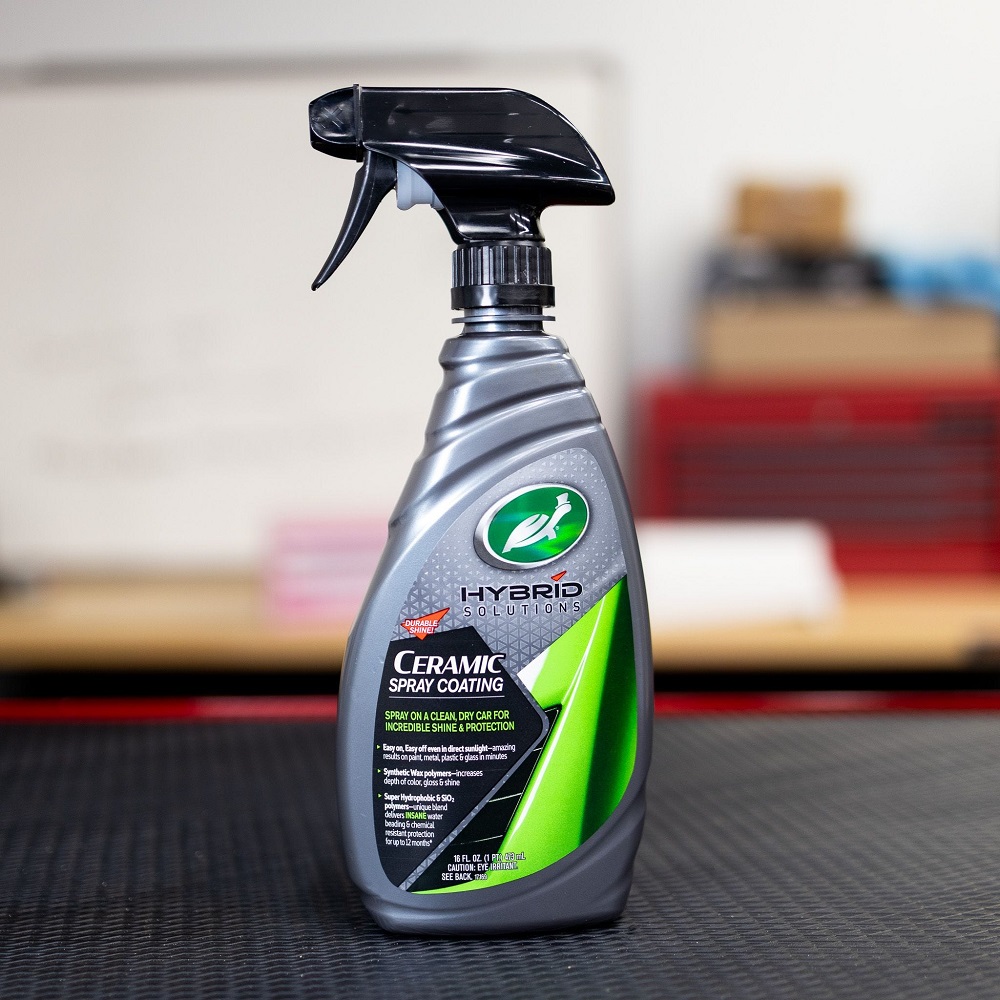
Frequently Asked Questions About Wax
How Long Does Wax Last?
Car wax longevity depends on its type and usage. Synthetic wax generally lasts three to six months. Natural wax, like carnauba, provides shine but usually lasts two to three months. Driving conditions can reduce durability. Harsh weather or frequent car washes may require more frequent applications. To maintain protection, reapply wax based on your car’s exposure to elements.
Can Wax Remove Scratches?
Wax does not remove deep scratches but can mask minor ones temporarily. It fills surface imperfections, creating a smoother look. Colored wax helps hide paint flaws and blend scratches. However, it’s not a permanent fix for damaged paint. For deeper scratches, professional repair or paint correction is required.
Is Car Wax Suitable for Any Car?
Yes, car wax works for all cars with a clear coat finish. It enhances shine and offers protection against elements. Choose the appropriate wax based on your car’s paint type and condition. For older cars, consider waxes that specifically restore faded or damaged paint. Avoid applying wax to matte finishes; use products designed for such surfaces instead. Waxing improves the appearance and protects most vehicles, regardless of make or model.
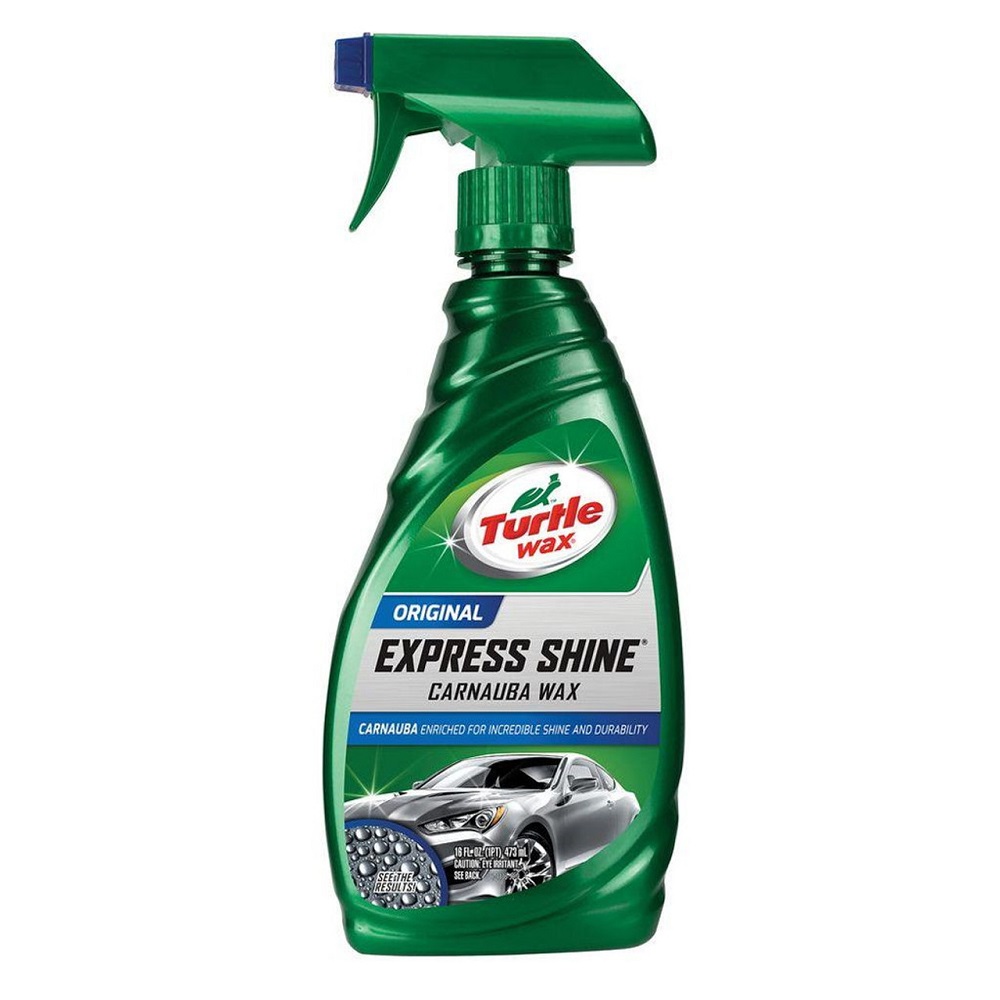
Embracing the Benefits of Car Wax
Maximizing Vehicle Protection and Aesthetics
In conclusion, car wax provides numerous benefits for vehicle owners. From protecting the paint against environmental factors to enhancing the car’s overall appearance, regular waxing is an investment in your vehicle’s future. Understanding your needs and choosing the right product are crucial steps in the car wax selection process.
The Joy of Regular Maintenance
The satisfaction that comes from maintaining your car cannot be overstated. A well-maintained vehicle not only looks better on the road but also retains its value over time. Embracing the waxing process as part of regular car care helps instill pride in ownership, as you witness the transformation and beauty of your vehicle.
Ready to Maintain Your Car
With the right knowledge and tools at your disposal, you are now empowered to make informed decisions regarding car wax. Equip yourself with high-quality products, apply them correctly, and enjoy the benefits they provide. Regular waxing will not only keep your vehicle looking stunning but will also protect your investment for many years to come. So, gear up, grab your car wax, and enjoy the ride, reveling in the beauty of a well-kept automobile!
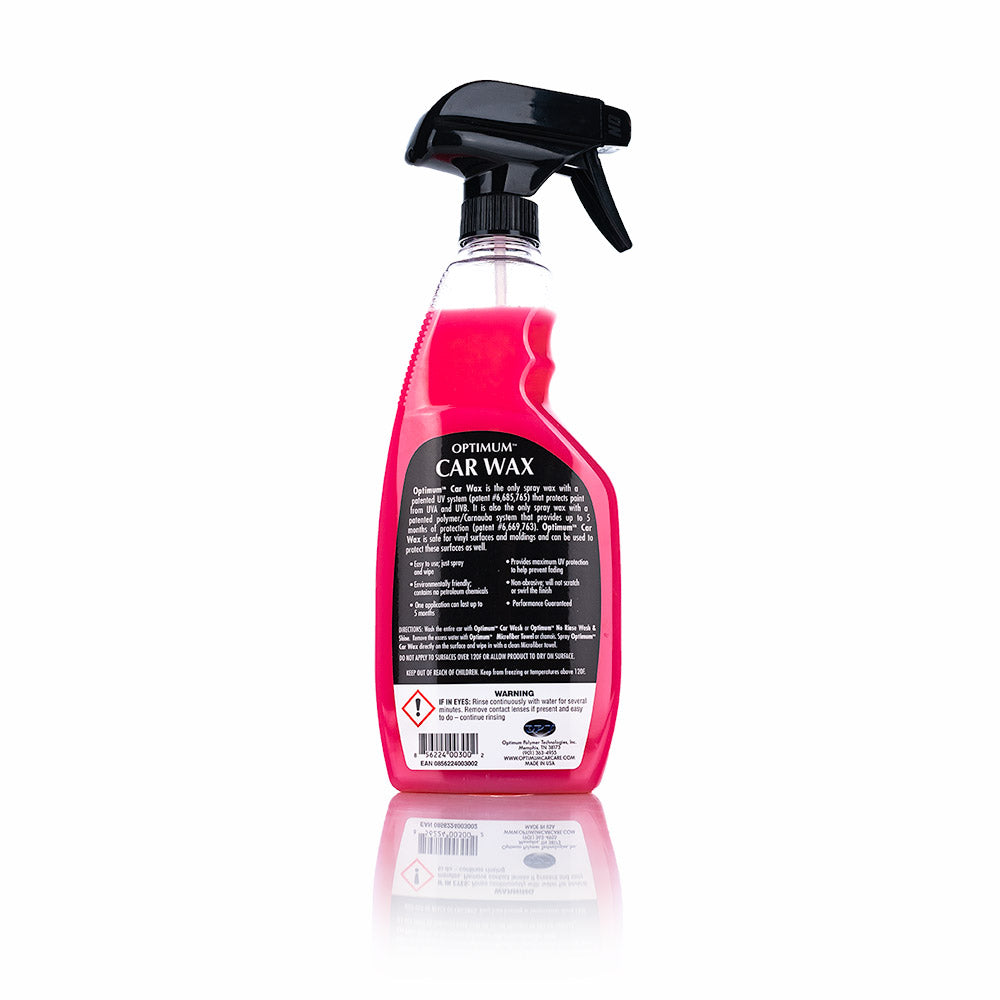
Leave a Reply